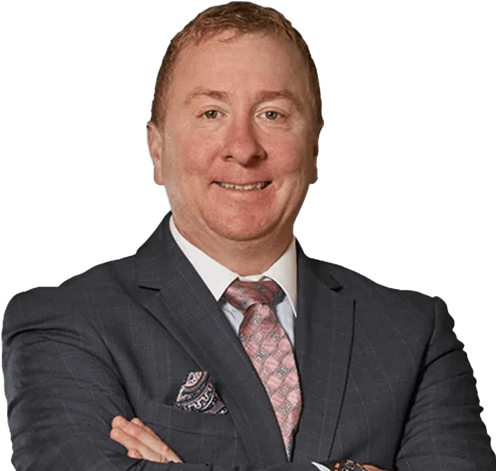After a car crash caused by a negligent driver, you may find it challenging to obtain the compensation you need for your medical bills and to replace the paychecks you are not receiving while you are off work recovering from your injuries. Even if it is crystal clear that the other driver was at fault, his insurance company will not just admit this. Their goal is to deny or reduce your claim, and their adjuster will do this by making you prove your case. One way you can prove liability is by using eyewitness statements and testimony about how the accident occurred.
Who Are Potentially Helpful Eyewitnesses to Your Crash?
You may wonder why you need to worry about obtaining witness statements since you and any passengers in your vehicle could testify as to what happened. While this is true, you, your passengers, and the other driver have potential self-interests that could influence your version regarding what happened. These potential biases could make it harder to convince the insurance adjuster and jury that the other driver was really at fault.
This is where other eyewitnesses can play a vital role in your case. They are sometimes referred to as “third party” witnesses. Because they are neutral parties with no financial stake in the outcome, their testimony as to how the crash occurred can be more persuasive than your testimony or that of the other driver—and extremely helpful if it confirms how you believe the accident happened. Potential witnesses that you want to try to locate include:
- People who stopped to provide aid
- People in surrounding vehicles who were nearby but not involved in the crash
- Pedestrians
- Adjacent business owners and employees
- People entering and leaving nearby stores and businesses
- Nearby homeowners
Securing Witness Information at the Scene of the Accident
Your first priority after your car accident is obvious: obtaining medical care for any injured victims, including yourself. If possible, you want to search for witnesses at the crash scene or have someone else, like one of your passengers, do it for you. At a minimum, you want to exchange contact information, such as names, cellphone numbers, and email addresses. If you have time, you should ask the witnesses to tell you what they saw and heard. Be certain to take notes. You will want to provide this information to your attorney who may interview the witnesses and obtain more formal statements.
How to Locate Possible Witnesses
As soon as you are physically able to do so, you should return to the scene of the crash and look to see what businesses, stores, and homes are near the accident scene. Someone may have seen your accident through a window or standing near a door. Go door to door to these places and ask politely if these people saw your crash. If so, proceed like you would with a witness at the scene.
Helpful Non-Human Evidence That Is Similar to Eyewitness Statements
Other types of non-human evidence that operate like witness statements and testimony are store surveillance videos and ATM camera footage. If an ATM machine or store was nearby, a video camera may have recorded your crash. This can be one of the purest, possibly most persuasive witness evidence of the other driver’s negligence.
Although you can speak to the store manager or a bank official about viewing their videos, chance are that they will not agree to this voluntarily. You will need the assistance of an attorney to obtain access to this important avenue of evidence. However, you need to act quickly to prevent the taping over of the video. If you even suspect there may be video footage of your crash, you should contact an attorney immediately to write a spoliation letter to stop the destruction of this evidence.
Were you or a loved one injured in a car wreck caused by another driver? Start an online chat or call our office toll free at 888-795-6261 to schedule a free, no-obligation evaluation of your case.
